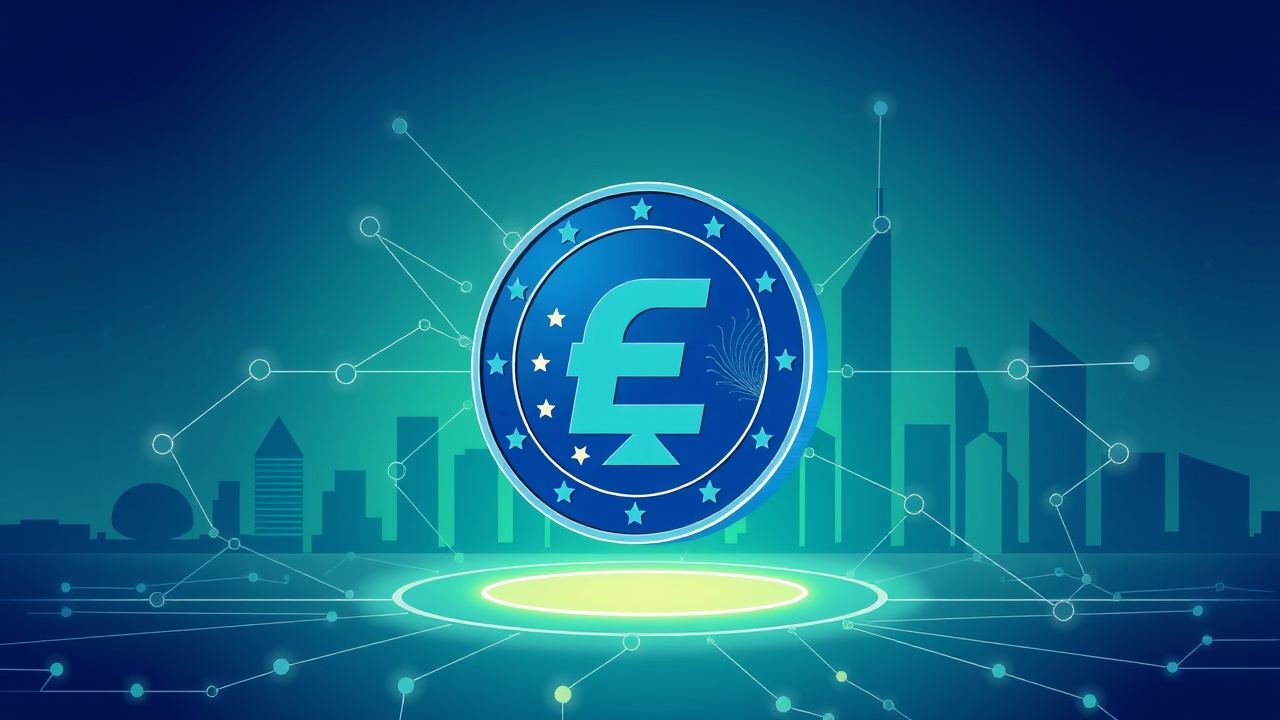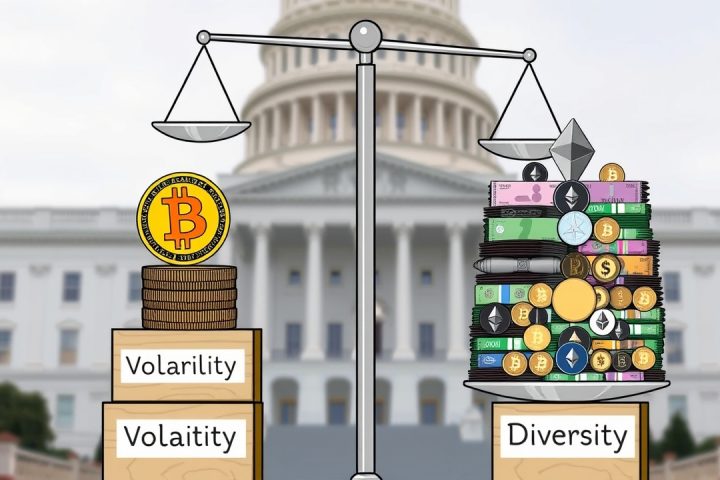Introduction
In a significant move within the European financial landscape, StablR and Oobit have teamed up to introduce stablecoin solutions that comply with the EU’s Markets in Crypto-Assets (MiCA) legislation. This initiative emerges as regulatory scrutiny intensifies, particularly following the recent decision by leading exchanges like Binance and Kraken to remove USDT (Tether’s stablecoin) from their platforms within the European Economic Area.
Stablecoin Development
StablR, known for its commitment to adhering to regulatory standards, is set to issue two new stablecoins: the EURR, pegged to the euro, and the USDR, pegged to the US dollar. These stablecoins will be created using Tether’s newly developed Hadron platform and are intended to fulfill MiCA’s stringent requirements, which include comprehensive asset backing and periodic audits, as detailed in their announcement.
Integration and Incentives
Meanwhile, Oobit, fresh off a successful $25 million Series A funding round, plans to incorporate these stablecoins into its existing crypto payment system. To incentivize users, Oobit is offering a 5% cashback reward for transactions conducted in either EURR or USDR.
Notably, the company reports that a staggering 70% of cryptocurrency transactions in the EU are now being utilized for everyday purchases, such as groceries and other basic necessities.
Impact and Vision
This collaborative effort between StablR and Oobit is more than just a response to the USDT delisting; it reflects a broader shift towards embedding stablecoins in everyday financial transactions. Oobit’s CEO, Amram Adar, emphasized the importance of this initiative, stating,
“This is a critical step in our mission to make crypto a primary medium of exchange.”
The introduction of compliant stablecoin alternatives is crucial as the market for euro-backed digital assets alone has grown to over $400 million by late 2024. This partnership illustrates the potential for stablecoins to evolve from mere speculative investment tools into integral components of the mainstream economy in Europe as the demand for regulated crypto solutions continues to rise.




